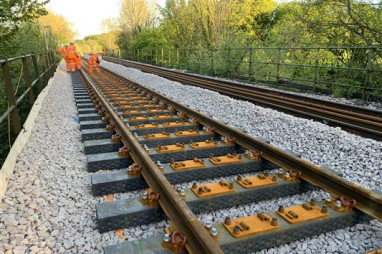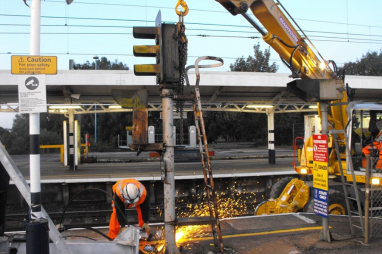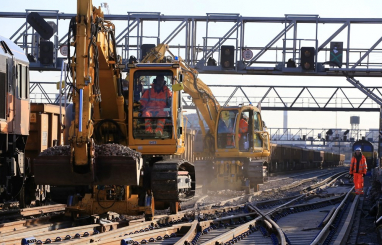- IetpShops , Air Match Jordan XIII Michael Finley Autographed Mavs PE - 106 Release Date + Where to Buy - Women's Air Jordan 1 Mid Surfaces in Lucky Green and Aquatone DZ4137
- Nike’s Heidi O’Neill On Investments During COVID, Nike Training Icon Clash Dry Podkoszulek z logo Swoosh w panterkę, Zapping Zoom Fatigue – Mindarie-wa News
- nike junior av hooded top black white , Nike Air Yeezy Slippers
- Latest Nike Air Max 97 Trainer Releases & Next Drops , Nike Air Jordan Retro I High OG Black Metallic Gold 2020 , IetpShops
- adidas velcro sneaker for kids shoes boys size 1
- air jordan 4 og fire red DC7770 160 release details price
- Air Jordan 1 Satin Black Toe CD0461 016 2019 Release Date 4
- new air jordan 1 high og osb dian blue chill white cd0463 401
- air jordan 1 retro high og university blue 555088 134
- Usher Air Jordan 11 Gold Sample
- Home
- News and analysis
- Info hubs
- Events
- Video
- Case Studies
- About us
- Magazine
- Advertising
Produced for the industry by the Association for Consultancy and Engineering
News
First recycled plastic railway sleepers laid on Network Rail tracks

Trains in Wiltshire are now running on top of old bottles, food packaging and other unwanted plastics, with the introduction of the first composite railway sleepers on Network Rail’s main line tracks.
Made from recycled plastic, engineers recently installed the environmentally-friendly technology across the weight-restricted Sherrington Viaduct, between Salisbury and Warminster.
Previously, track across the viaduct would have had to be fitted with wooden sleepers, as concrete would have been too heavy for the structure. Sleepers sit on the ballast and hold up the rails, keeping them the correct distance apart.
From 31 July this year, creosote-treated softwood sleepers will be banned and the alternative is sleepers made with hardwood. Instead, the new sleepers are manufactured by Sicut Ltd in the UK using a blend of locally-sourced plastic waste that may otherwise end up at landfill.
Unlike traditional wooden sleepers, composite sleepers do not split, rot or degrade over time and can resist water, oil, chemicals and fungi. Designed for over 50 years of use, when they are eventually replaced, they can be re-used, re-purposed or recycled to make new sleepers or other composite products.
Concrete sleepers are still used across most of the network. They are recycled by Network Rail at its March recycling yard, for building aggregate and other purposes.
An EU-wide creosote ban in 2013 had an exemption for railway sleepers until 31 July this year. Softwood sleepers will no longer be used in this country from that date. Hardwood sleepers - the alternative - are mainly sourced from Brazil and are not sustainable.
Network Rail’s Wessex route director, Mark Killick, said: “This is an exciting development; use of these recycled sleepers on the Network Rail Wessex route is a first for the overground railway network in Britain. Rail is already one of the greenest ways to travel, but we’re committed to even greener and better journeys whether this be changing how we maintain the lineside or finding innovative ways to improve the railway by reusing materials and reducing landfill.
“By using these sleepers, not only are we upgrading the track for customers, they will be travelling on a railway laid using sustainable materials as part of the circular economy.”
Sicut’s CEO, William Mainwaring, said: “Sicut is delighted to have been selected by Network Rail as its sole supplier of composite railways sleepers and it was a great pleasure to work with the Wessex Route on the Sherrington Viaduct project. Having proven that our products meet the performance required of modern rail track infrastructure we look forward to working closely with every Network Rail Route and region to deliver the commercial and environmental savings promised by our technology, while at the same time helping the UK deliver on its commitments on carbon reduction and plastic waste proliferation.”
The recycled composite sleepers will help Network Rail achieve its Zero Carbon 2050 target due to at least a 40% reduction in greenhouse gas emissions from sleeper production and embodying recycled plastic within the track infrastructure for at least 50 years. The sleepers also offer an increase in service life and reduced maintenance compared with timber sleepers, helping to reduce both whole life costs and the risks to staff when attending site.





